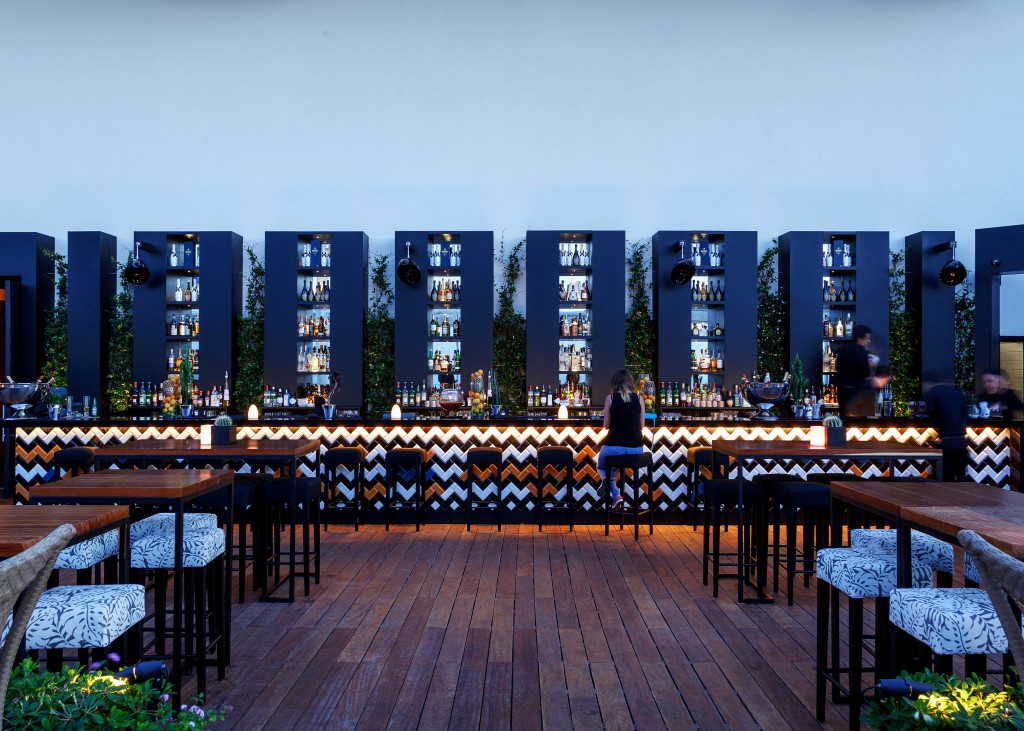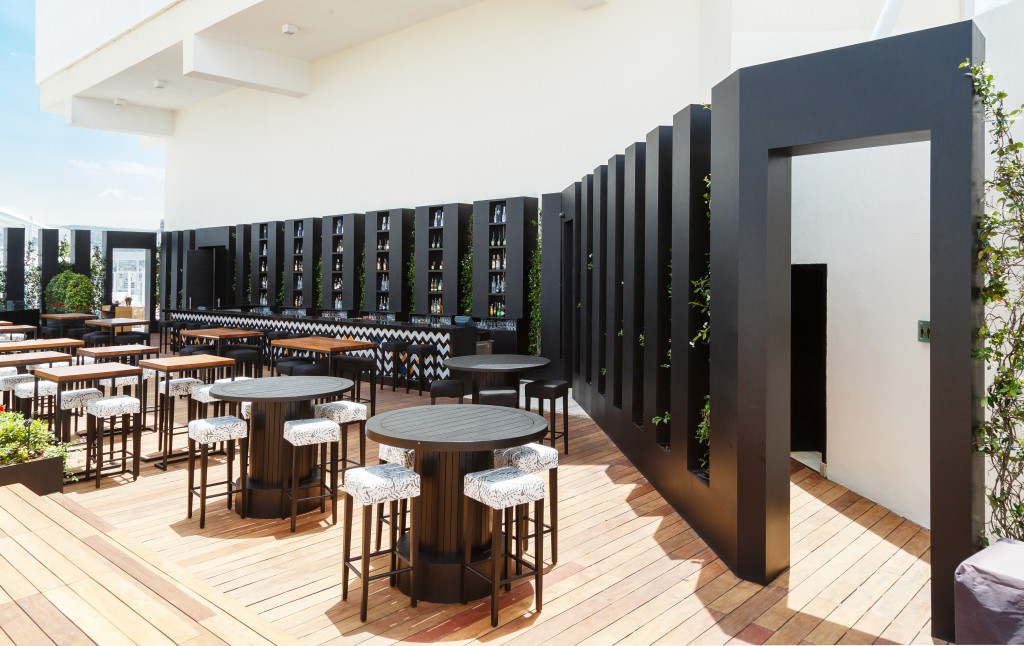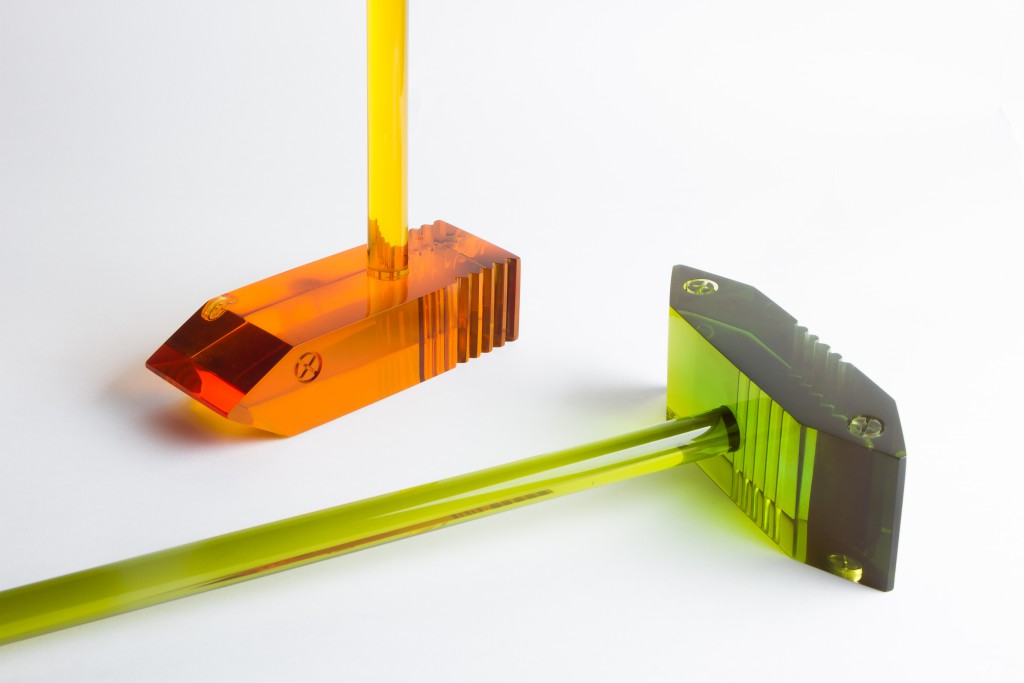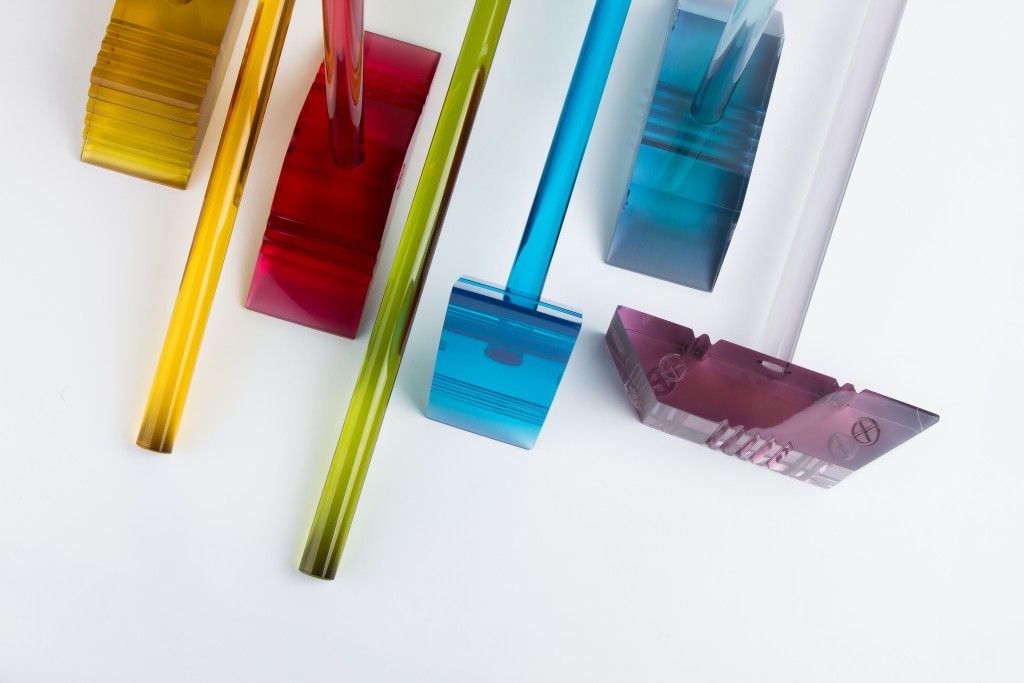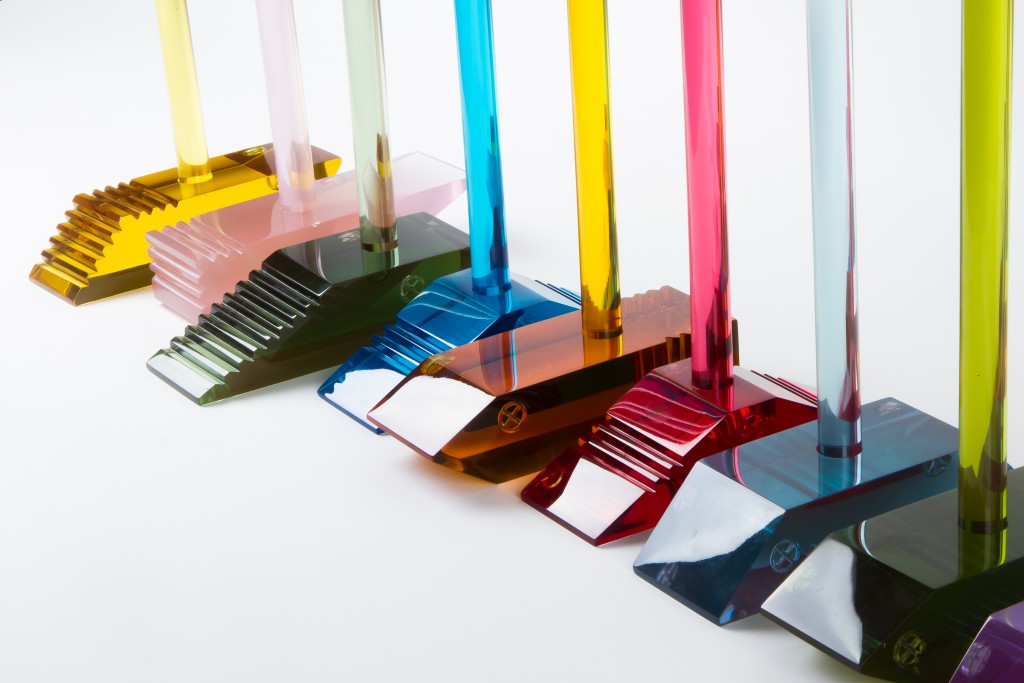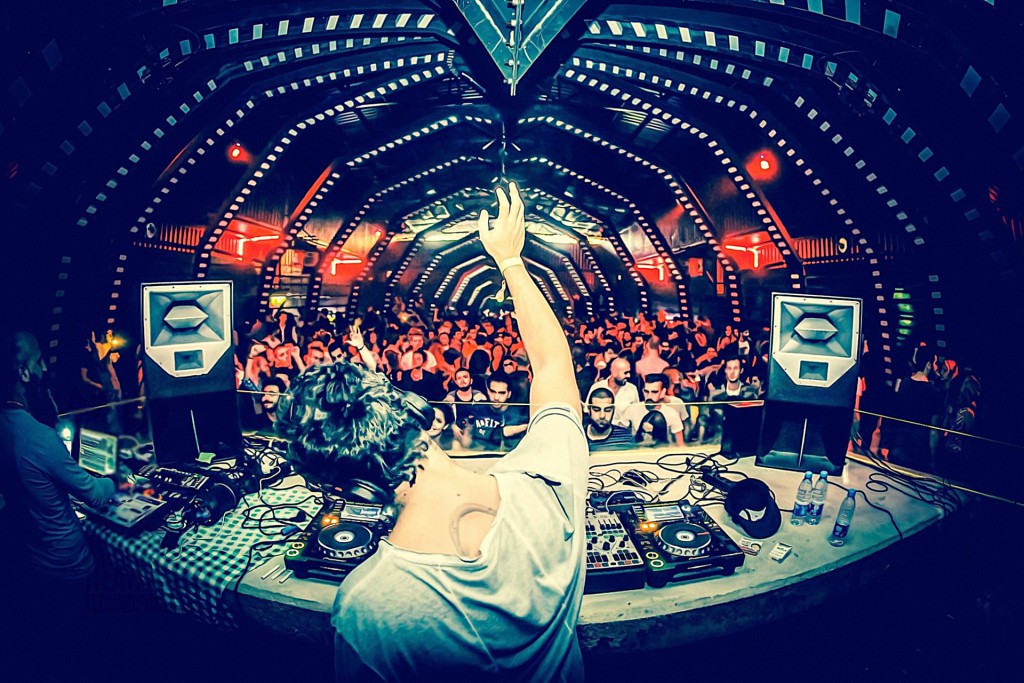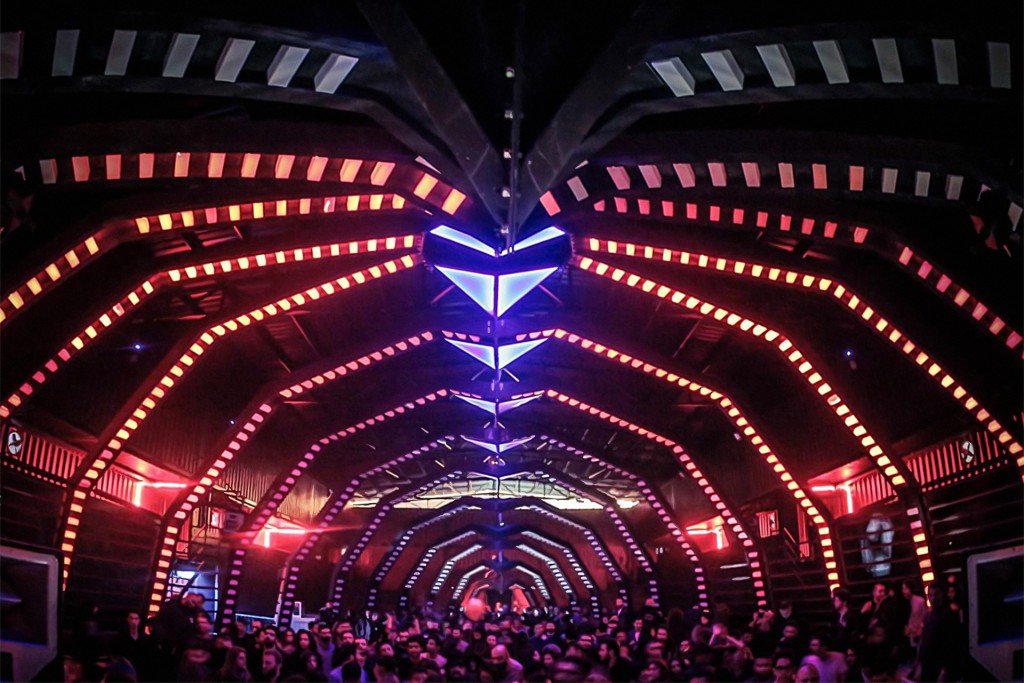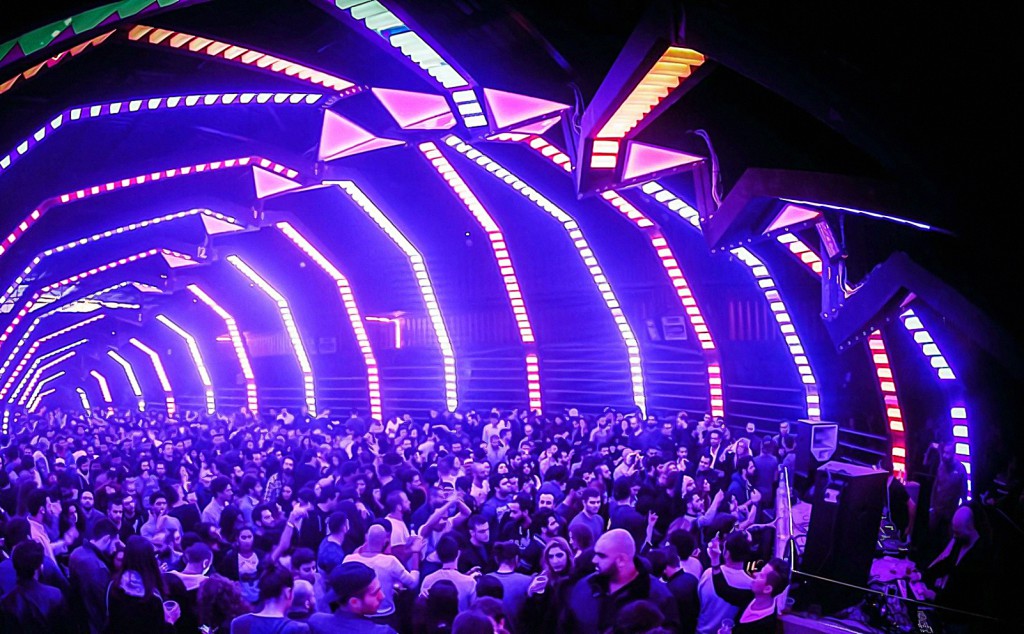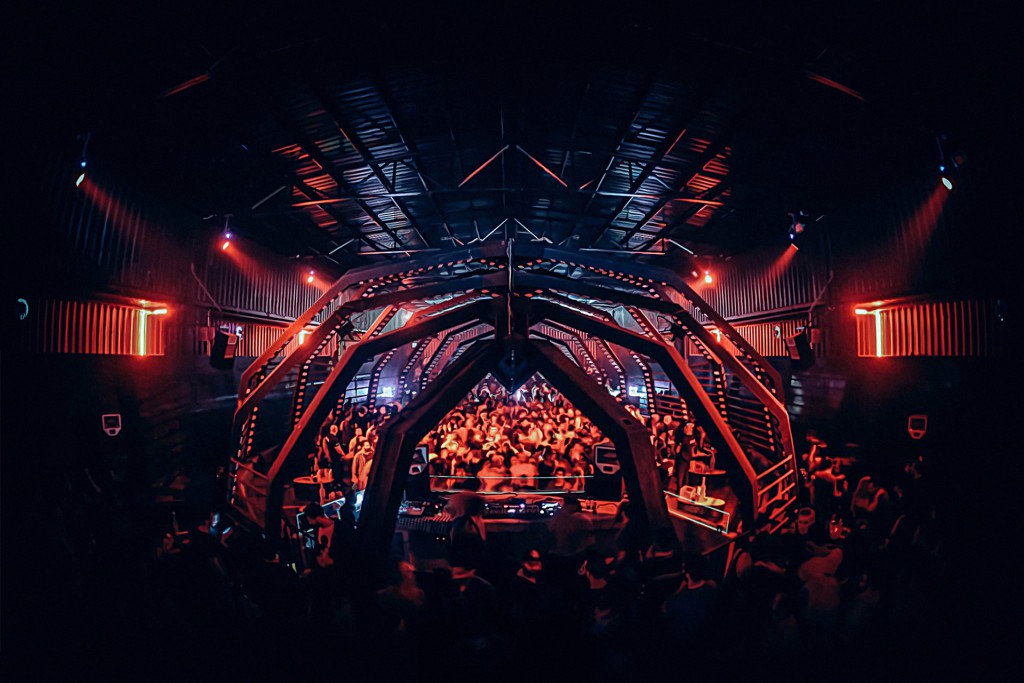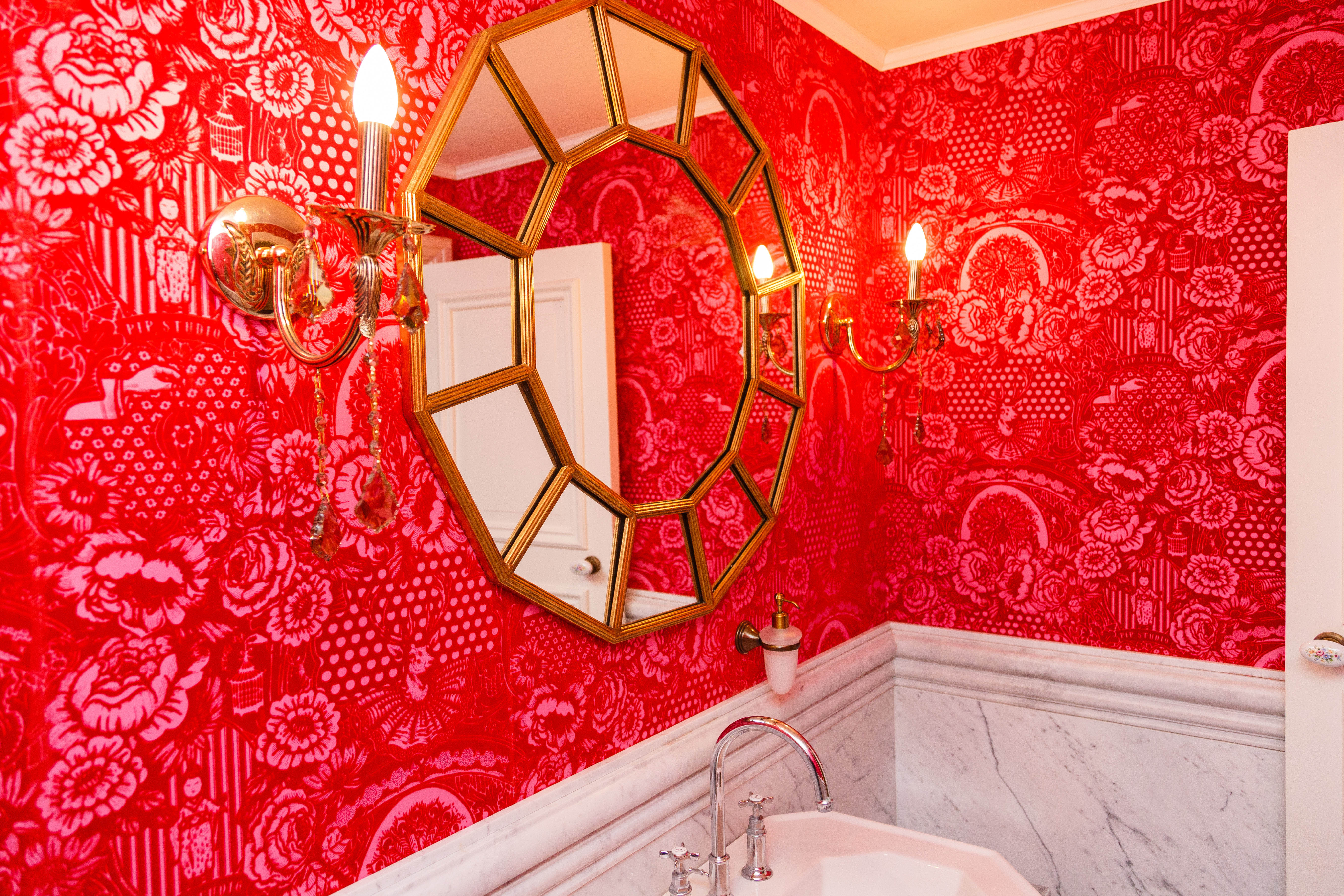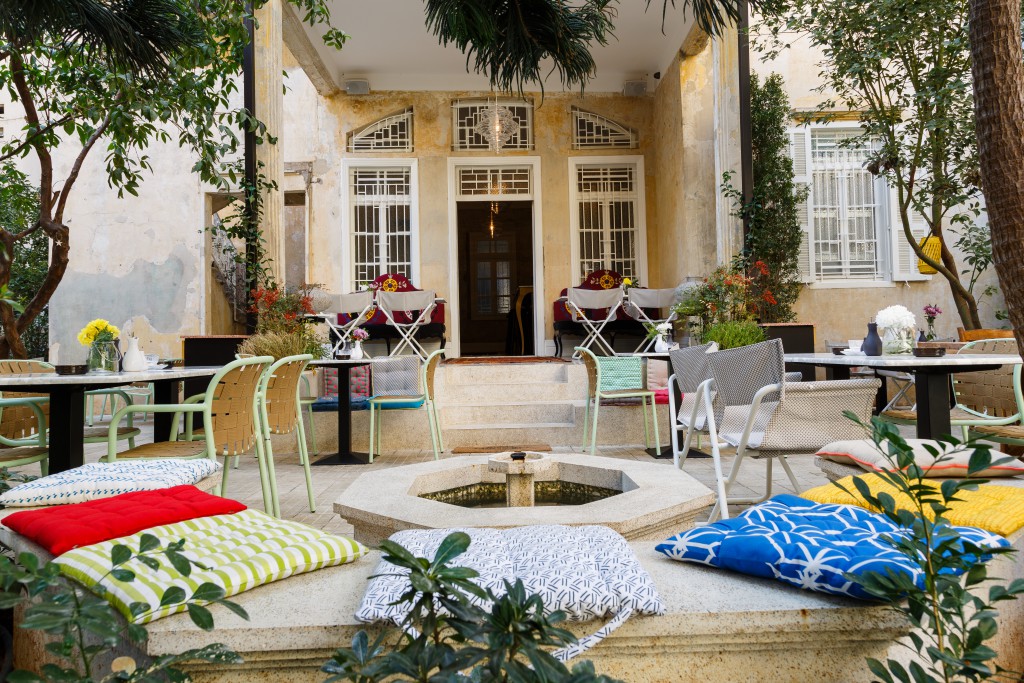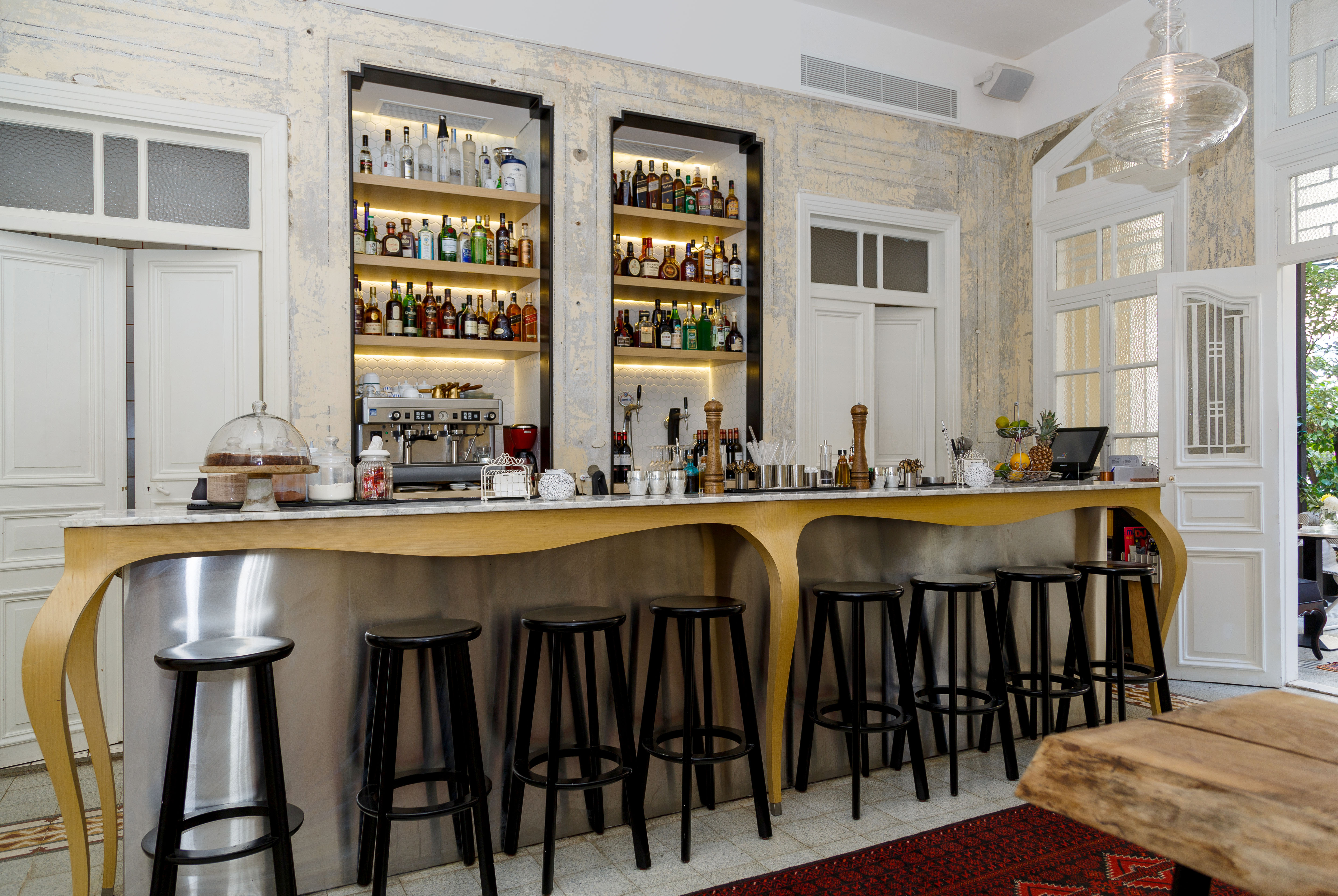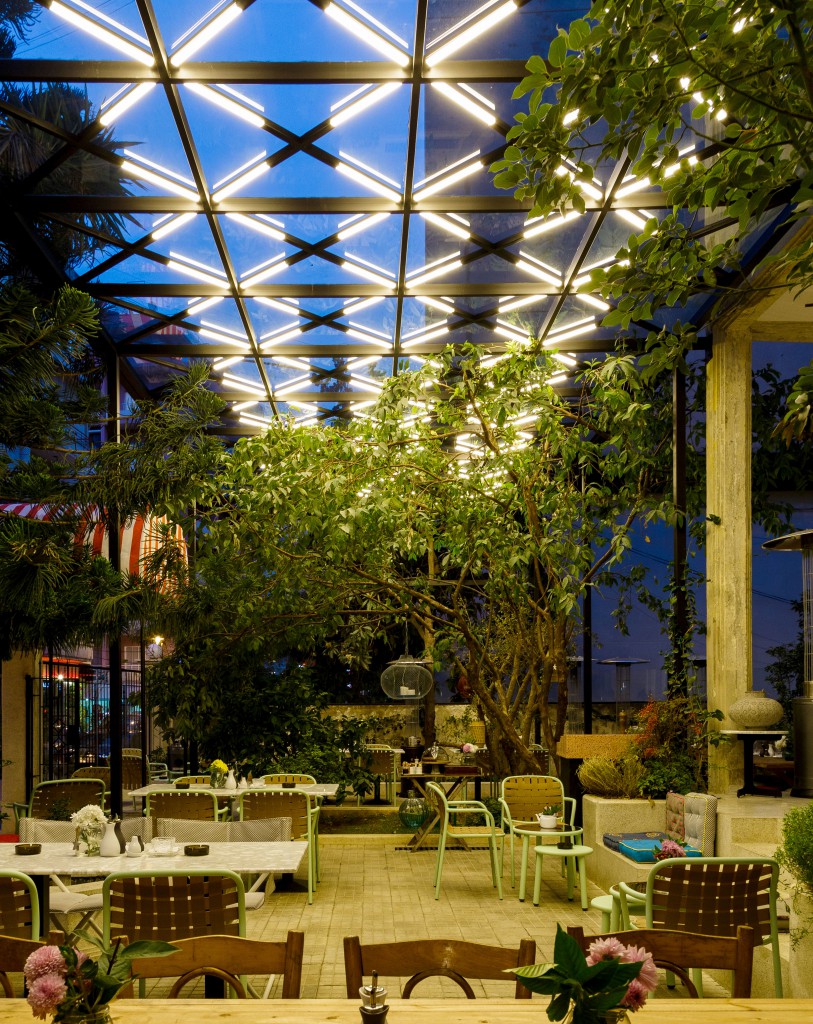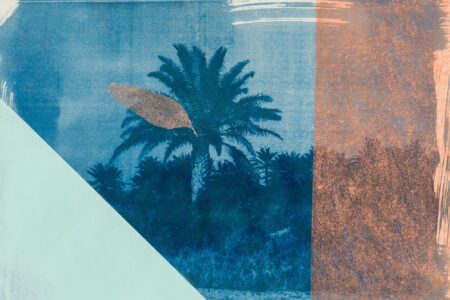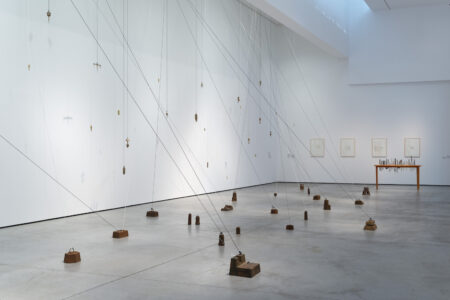Rabih Geha: Creativity is collaborative
TLmag speaks to Lebanese architect Rabih Geha about his dynamic architectural practice.
The diverse projects of Lebanese architect Rabih Geha have established his reputation for a bringing together contemporary design and authentic culture. He gained a master’s degree in architecture from l’École Nationale Supérieure de Création Industrielle in Paris, after completing his BA at the American University of Beirut. In 2006 he launched an experiment-driven and research-oriented workshop at l’Académie Libanaise des Beaux-Arts, where he is currently mentoring Lebanon’s next generation of architects. For House of Today, he recently designed six limited-edition Hanimals, multipurpose resin tools that users need to find their own use for – from doorstopper to paperweight. TL mag speaks to him about his dynamic architectural practice.
TLmag: Your architecture office has been described as more of a collective. How does your way of working differ to more traditional architecture offices?
Rabih Geha: Design is a creative field, and like any creative field, collaboration, communication and interaction are key to get thoughts and ideas flowing and developing without boundaries. Constant dialogues and a hub-like office layout infuse dynamism, innovation and energy into the fun of creating spaces and stories.
What are the challenges and opportunities of working out of Beirut?
As much as Beirut could be perceived as an unstable city, the truth is it has a great dynamic of creativity and is a gem of opportunities. For me, as a father and a Lebanese man, I look for these opportunities to build a future foundation for the generations to come.
What is your secret to balancing contemporary international design trends with an authentic sense of place?Context and authenticity are always key. A lot of the spaces we design have history and a sense of legitimacy that we cannot discard; we try to build on it and bring it to the contemporary world we live in without compromising its past. I believe that in itself helps us find the right balance between the history of the space and its future.
What has been your most satisfying project to date, and why?
It is tough to single out one particular project, because each one is unique in a certain way. I believe all the spaces I have created have exciting stories to tell; they’re just different stories, each one as stimulating as the other. Be it the speakeasy like Off & On, a club like Uberhaus, a restaurant like Villa Badaro, the rooftop lounge bar of the Four Seasons Hotel, or a fine jewellery boutique like Mukhi Sisters, I have immensely enjoyed designing them all.
